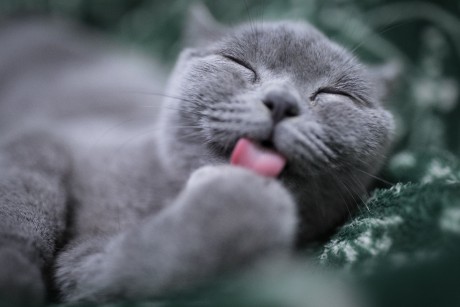Is your cat bowl clean?
Not long ago, the Public Health and Safety Organization conducted a survey on the number of bacteria in common household commodities. The survey report shows that the top three bacteria-intensive items in the home are dishcloths, toothbrush holders, and pet bowls. Data investigation shows that the number of bacteria per 10 square centimeters in pet bowls is 473,828, and the number of bacteria per 10 square centimeters in toilet is only 266.
There is a misunderstanding among pet parents: My furry kid has licked the bottom of the bowl clean, shouldn't it be unnecessary to wash it? In fact, food residues and saliva can easily breed bacteria in the cat food bowl!
The FDA and many veterinary websites suggest that pet food bowls and water bowls should be treated like your own tableware: wash once a day, and not just rinse with water, but should use brushes and detergents to wash thoroughly.
Many cats have chin folliculitis that does not heal for a long time. This has a lot to do with the dirty cat supplies. Not only that, unclean pet bowl can easily aggravate the original oral inflammation. The pain of stomatitis affects appetite and can easily cause other complications. If your cat can't get timely treatment, he may even need to pull out a mouthful of teeth if it is serious.
Pet parents need to be careful about the washing frequency, method, and choice of dishwashing detergent to provide a clean and hygienic dish for cats to enjoy the meal. Don't let the cat bowl be dirtier than the toilet!
